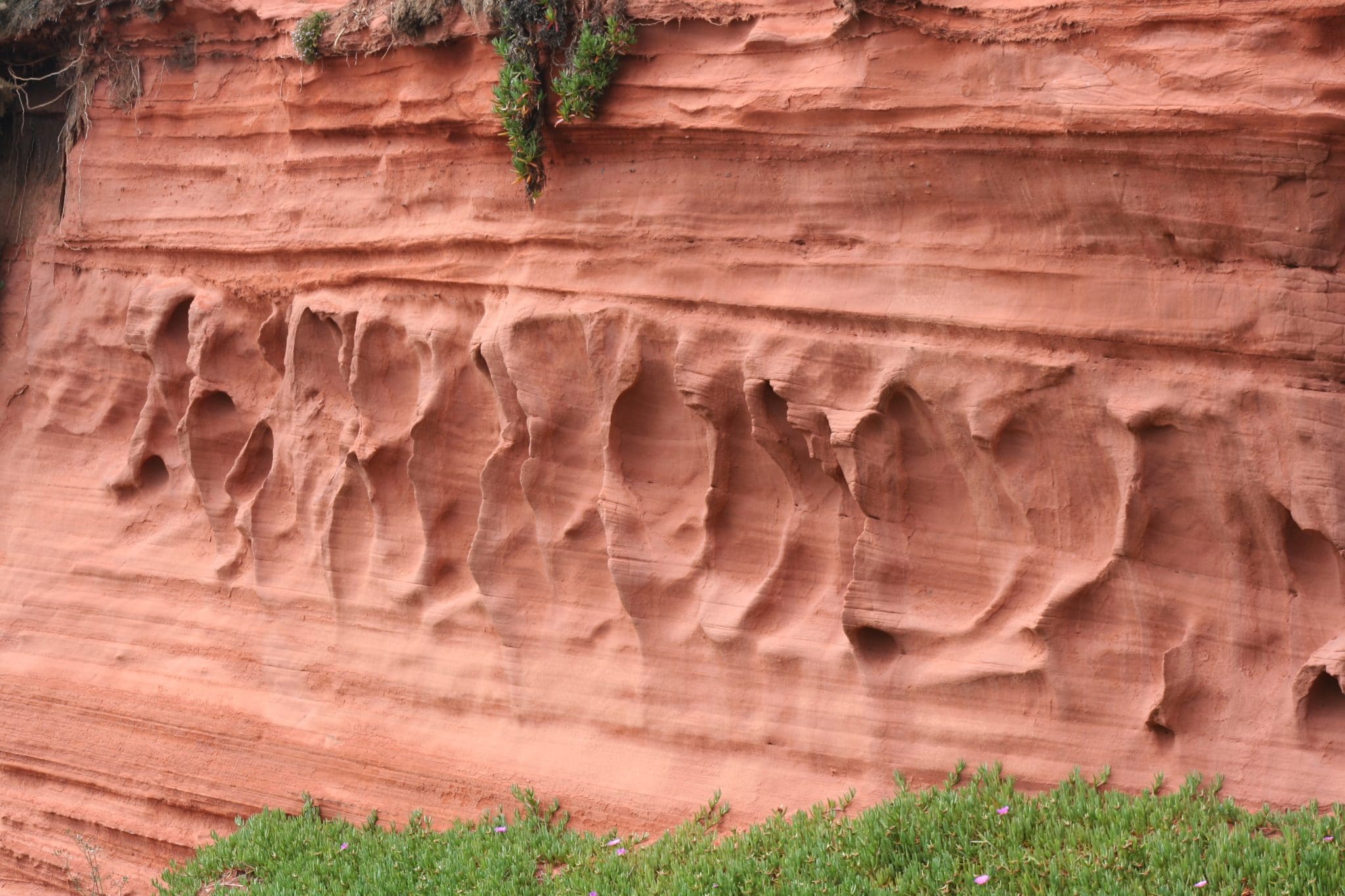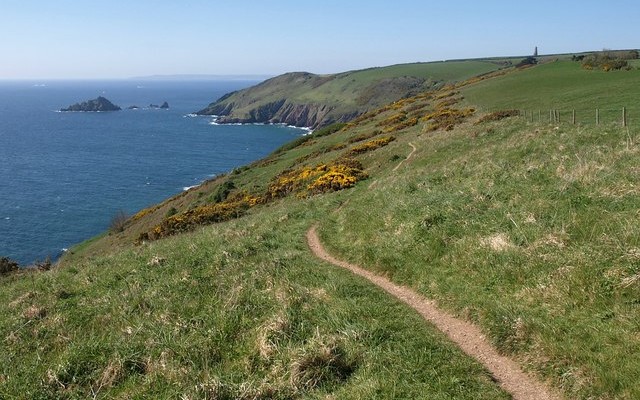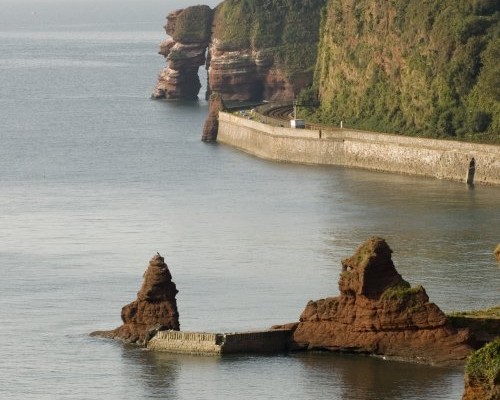Interesting information
Compared to most sites of geological interest, Dawlish Warren is very young – a mere 7000 years old. It was created by post-glacial sea level rises. As might be imagined, a sand spit is not the most stable of structures and its continued presence relies on a balance between erosion on the one hand and the arrival of sediments that travel along the coastline in a north-easterly direction (longshore drift).
The wind also had a significant effect on the Warren, with sand dunes visible in the exposed areas facing the open sea. The more sheltered area behind the spit has developed an area of intertidal sand and mud that provides feeding grounds for wintering wildfowl and waders. The Warren continues to evolve, and in recent decades storms and higher tides have resulted in an overall loss of sediment.
Nearby to the south-west can be seen the impressive Dawlish Cliffs. They show some of the finest exposures of Permian sands in Britain and their red colouration is a striking feature of the coastline. Ancient winds piled up these sands upon what was a gravelly desert floor and you are, in effect, looking at fossilised sand dunes. The modern effect of wind erosion on these cliffs has produced some striking patterns and forms in the exposed sand.
The site is a Local Nature Reserve, Site of Special Scientific Interest, National Nature Reserve and Special Area of Conservation.


